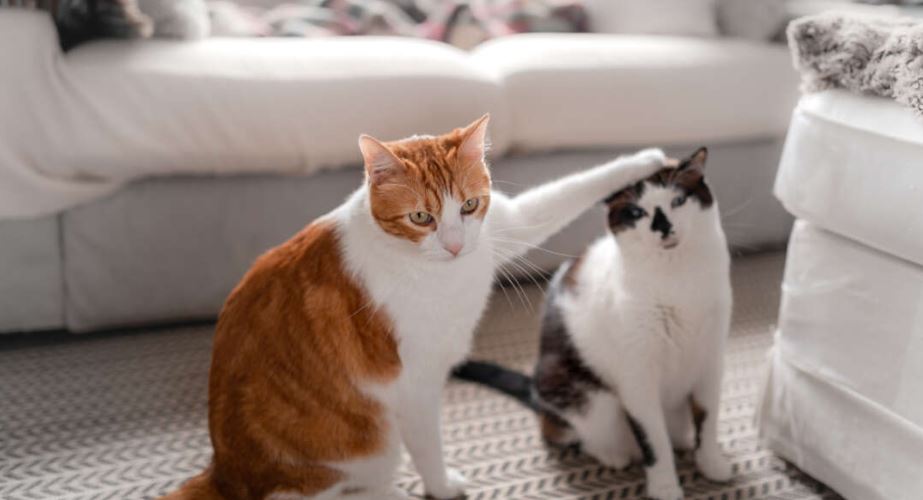Human language is key to our mastery of the world, but sometimes animals can eavesdrop as well. Since dogs and cats have a fair claim to being the true masters of the planet, having bent us to their service, it’s not surprising they’ve picked up a few of our words on the way. A team of Japanese researchers claims this extends to a feline capacity to recognize the names we give other cats, and match them to the correct individual.
Birds with vocal cords that can imitate our own can learn a variety of human words, and it’s argued some know the meaning, rather than merely mimicking. Apes taught sign language also understand the meaning of words, and more recently dogs have been found to be able to learn up to 12 toys’ names in a week – but what about cats?
If cats do understand human words beyond the name we have bestowed upon them, the names of other cats who share their domain would seem a logical first step, Kyoto University PhD student Saho Takagi. In the journal Scientific Reports, Takagi and co-authors tested this capacity with both domestic cats living in households with at least three feline inhabitants and cat cafe residents.
The study relies on the assumption that cats express surprise by staring longer at the unexpected. The same reaction is seen in babies, and has been relied upon in numerous studies to help us understand how they see the world. Some non-human species seem to respond the same way, so the idea is certainly plausible, but interpreting feline thought processes is less certain than more straightforward creatures.
Takagi played the name of a cat spoken by a co-resident human four times to members of the same species who lived with them, and then showed them cat pictures on a laptop.
In the most cat thing ever, the paper reports; “One cat completed only the first trial before escaping from the room and climbing out of reach.” The rest completed four trials, two where the photo and name matched, and two where they didn’t. When the picture was of the named cat, the subjects looked away more quickly, as if bored by the predicted outcome.
However, the difference was observed only among those who lived in houses, not among the residents of cat cafes. The authors’ explanation is that with so many cats sharing the same space, cat cafe dwellers never get the repetition of any one name that would cause them to learn it.
Skeptics might suggest the 19 domestic cats were too small a sample and the results only barely achieved statistical significance. On the other hand, the longer cats had lived with each other and their human, the stronger the effect.
The authors repeated the study using human names and faces, but found no difference for all but a tiny subsample of their cat population.
If these conclusions are right, it means the cat you think of as yours is not really ignoring you when you talk to it, just pretending not to; further proving who really holds the power in our domestic relationships.
This is not Takagi’s first big claim for feline intelligence. Last year she was first author on a paper exploring the feline capacity to map the spatial location of their person or a familiar cat. Takagi and co-authors reported the cats showed surprise when speakers broadcast the voice of the person who feeds them, despite that person’s absence. The same reaction did not apply to recordings of familiar cats’ vocalizations or unrelated sounds. Previously she studied cats’ understanding of the law of physics.
May you like to read:
Scientists make leap forward for genetic sequencing
Rat sperm generated from stem cells











